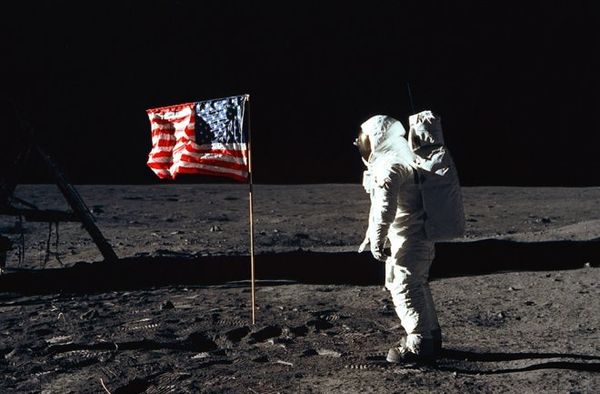Television news has changed dramatically in the past few decades, and that's largely due to digital satellite news gathering (DSNG). We are able to watch events and reporting from around the world, such as wars and natural disasters, unfold in real-time because of DSNG technology. DSNG is a kind of electronic news gathering (ENG), which simply refers to all the electronic technologies that allow news reporters to broadcast from remote locations outside of a TV studio. ENG began with the transition from using film to using videotape in the 1970s. But since then, the TV news industry has abandoned videotape and analog land-based transmission signals in favor of digital formats and satellite technology.
Before digital technology was fully developed, satellite feeds were sent via analog signals, which are essentially wave signals. Using analog satellite connections, news organizations were able to report from remote locations, notably the Falkland Islands during the conflict there in 1982 and up through the Gulf War in 1990 and '91. As video compression improved, however, the 1990s saw the transition from analog to digital satellite signals. Digital signals are not waves (like analog) but a binary system -- signals of simply "on" or "off" -- that can also be sent via microwave transmission.
Advertisement
We spoke with Jonathan Higgins, expert and author of two books on satellite news gathering, who compared compressed video to concentrated orange juice. If we take the water out of fresh orange juice, it makes it easier and cheaper to transport, and then the consumer can mix water back in before drinking. Similarly, video compression involves taking out information to make it easier to transmit, then adding information back in on the other end. Like comparing the tastes of fresh and concentrated orange juice, the picture quality of the uncompressed video image won't be quite as good at the other end, but it does the job.
And the advantage is that compressed video doesn't require as much power and bandwidth (range of frequencies) as analog signals, which also makes it cheaper. Eventually, the use of analog became obsolete as TV news crews came to use digital signals for terrestrial microwave links as well as satellite links.
Because the U.S. has more of a focus on local news, Europe actually transitioned to DNSG sooner. In fact, in the U.S., you'll still find local stations using terrestrial microwave links, which are cheaper than using satellite links.
Advertisement



